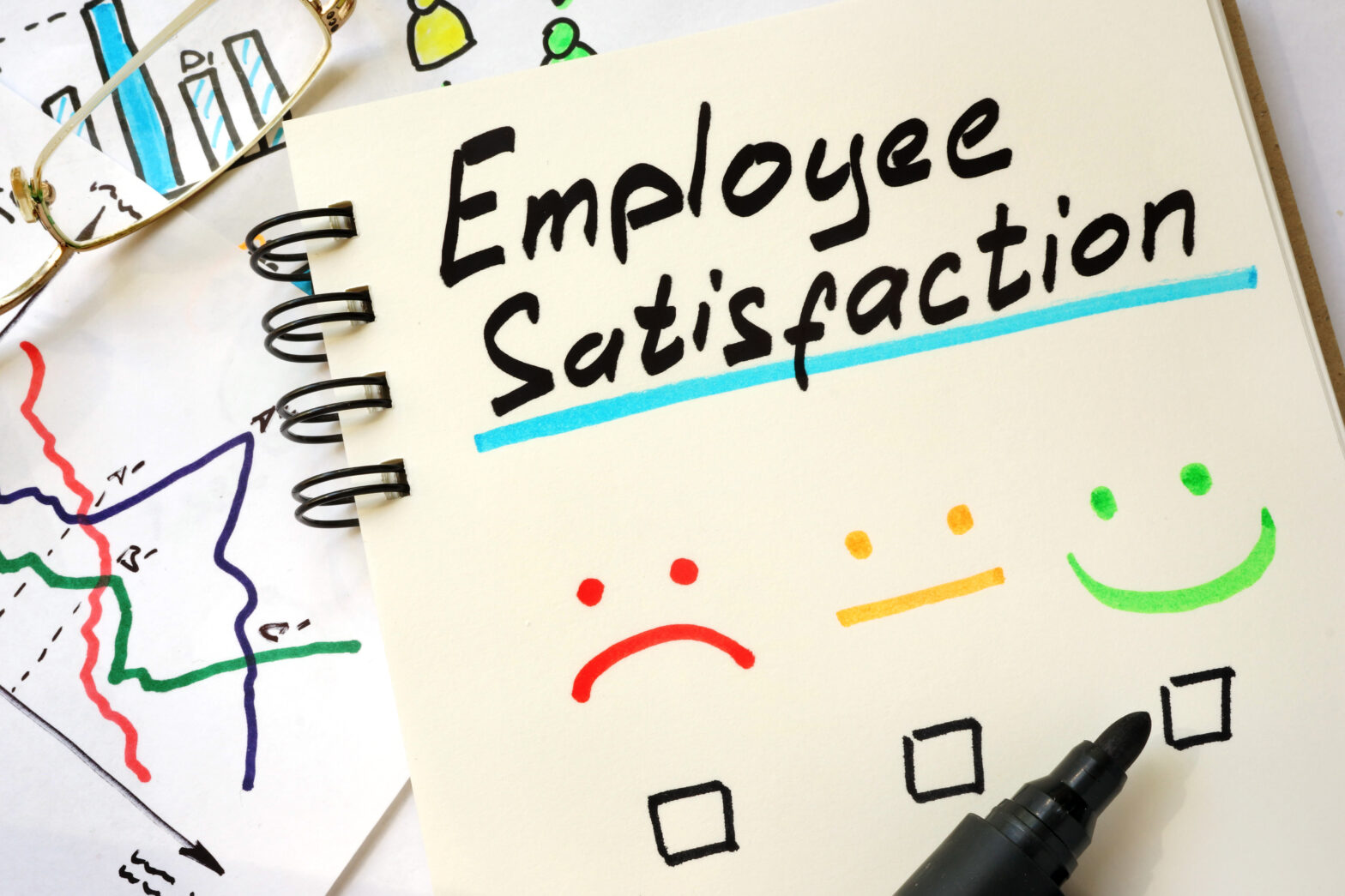In today’s fast-paced, success-orientated world, organisations often overlook employee satisfaction and office culture when trying to grow their business. However, happy employees are more than just a nice-to-have, they are critical to the productivity and profitability of every company around the world. As organisations discover that motivated staff hold the key to long-term success, workplace happiness is increasingly becoming a business priority.
What defines happiness?
Our research shows that employees in the UK scored 67.2 per cent when questioned about happiness in their jobs. This should be seen as a reminder that the realities of creating a happy workforce are often easier said than done.
There is no simple formula or quick fix to building a motivated team. The path that leads to a happy workforce is unique to each company. However, as employees strive to find meaningful and fulfilling jobs, an understanding of individual motivations and priorities is central if businesses want to nurture a positive office culture.
As organisations adapt to new innovations and competition, individuals, across multiple generations, experience their own transition in career inspirations and motivations. Generous remuneration and good benefits are appreciated but no longer go far enough for most employees. For the clear majority, work isn’t just about pay, with 37 per cent willing to accept a lower salary if it means securing their ideal role.
The research also shows that those in more skilled roles tend to be happier (71 per cent) and more interested (77 per cent) in their work. Progression and training are therefore fundamental. A melting pot of training, clear pathways to progression and new opportunities, meaningful relationships with colleagues, empowerment, appreciation, recognition and reward, all combine to provide a solid foundation for a happy workforce.
And whose responsibility is it?
While employees have a crucial part to play in ensuring their own satisfaction at work, the responsibility doesn’t exclusively sit with them. Organisations need to pull their weight too and ensure they lay the foundations for a happy workforce early on.
A symbiotic relationship between employee and employer is key. Our research shows that employees are aware of this and the majority (79 per cent) see workplace happiness as a joint responsibility between them and their employer.
A happy workforce is an achievable goal for organisations that actively pursue it. In addition to providing a supportive working environment, generous rewards and a positive company culture, businesses should seek an open dialogue with employees about their motivations and expectations.
As soon as employers gage the elements of work that make their employees tick, they can dedicate time and resources to designing a bespoke employee experience programme. Many organisations are starting to recognise that the creation of meaningful jobs, aligned with employee motivation can go a long way towards achieving a happier team.
In order to promote and embrace a positive attitude, businesses and employees must work together and establish what happiness means to them. If employers and employees are transparent with each other, recognise each other’s motivations and have the flexibility to adapt, they will be more likely to create a positive workplace that has a tangible effect on staff performance and the overall productivity of the business.
In the pursuit of happiness?
Employees that are enthusiastic will feel inspired to seize opportunities. Equally, if businesses recruit and nurture a passionate workforce, mobilising their efforts towards specific objectives, goals and challenges will be easier. However, what does this look like in practise? How can organisations channel these positive emotions and build tactical processes to sustain happiness throughout an employee’s career?
As well as establishing a heightened awareness of what inspires employees, if employers take the following steps to create interesting and meaningful work, establishing a happier and more productive workforce is within their grasp.
Review your recruitment process
The seeds for employee happiness should be sown right at the very beginning of the recruitment process. It is critical to match the right candidate to the right job and vice versa. Businesses want to fill roles with the best possible talent but the job on offer also needs to be the right job for the candidate. While the recruitment process often focusses on practical skills, businesses should also take interpersonal skills, relationship management and personality fit into consideration.
Employees that consider their roles to be meaningful, fulfilling and valuable are much more likely to be motivated, remain loyal and add value to the wider team. It is important companies keep this in mind if they want to establish a meaningful relationship with any new hire and lay the foundations for employee happiness.
Focus on employee progression and career planning
Employee satisfaction is not a box ticking exercise. Once companies have hired the right people and created a happy workforce, they need to shift their focus to sustaining a positive work environment and planning ahead.
If businesses want to retain talent, they need keep employees engaged and challenged. Companies should remember that today’s hires are tomorrow’s leaders, so they need to embrace and nurture employee progression. With that in mind, it is essential for companies to provide training opportunities for employers to develop their current skill sets and explore new areas of interest in line with current and future business needs.
Define organisational culture
For many employees, the environment they work in day in, day out, is as important to their happiness as a meaningful job or clear career progression. Some organisations see company culture as an abstract concept that evolves alongside their business, rather than something they can actively shape. To support a happy workforce, companies need to consciously look at the organisational culture and determine what kind of work environment they want to create for their employees.
Introducing rewards, supporting a positive work/life balance and facilitating regular social activities are just some of the ways businesses can boost morale and improve workplace happiness across the board.
Ultimately, the characteristics and motivations of each employee help shape the business that they work for, which makes every organisation different. The same applies to workplace happiness. Happy employees will stay for the long-term, are more productive, enablers of innovation and act as advocates for the business. On the whole, happy employees are better employees and the businesses that tap into this potential will succeed in the long-term.
However, despite there being some practical measures companies can put in place today to nurture a happier workforce, there is no one-size-fits-all solution. Instead, there needs to a long-term culture shift that places a strong focus on employee satisfaction. Those organisations that make this a priority will find there is a huge opportunity to invigorate their businesses and build a truly inspired and inspiring workforce that directly contributes to the bottom line.
Phil Sheridan is senior managing director at Robert Half.





